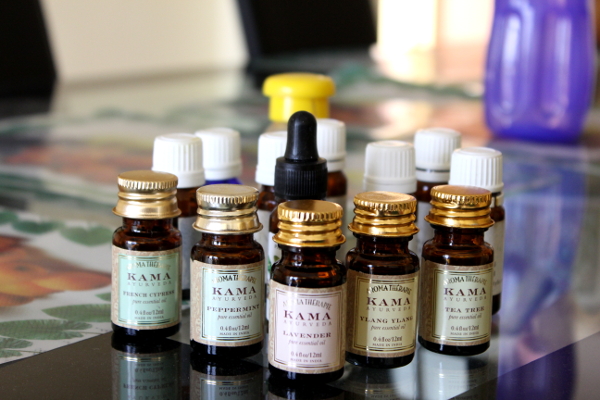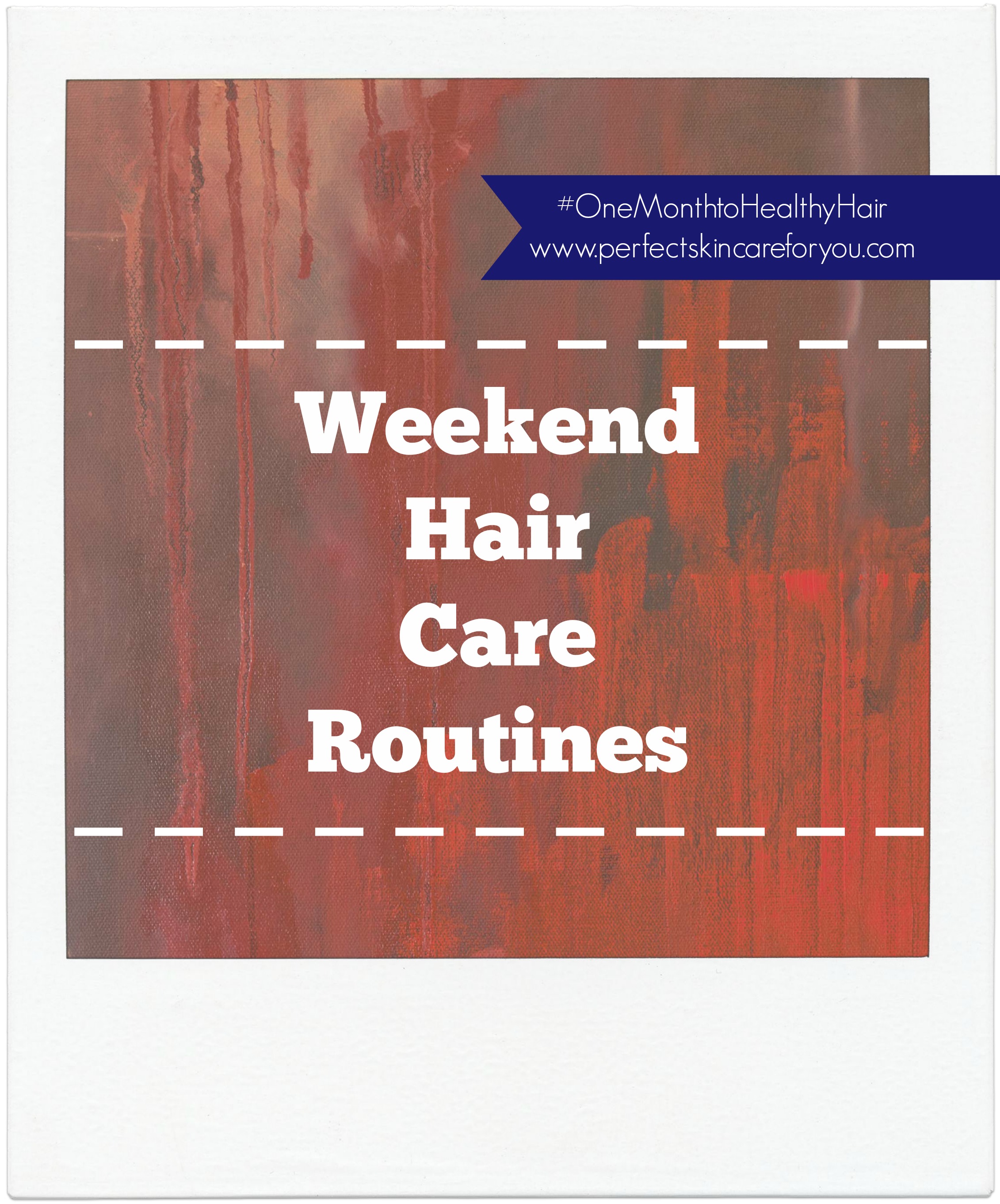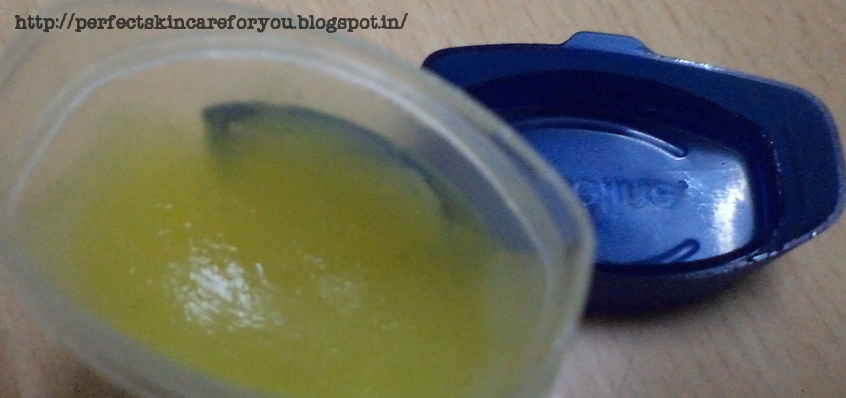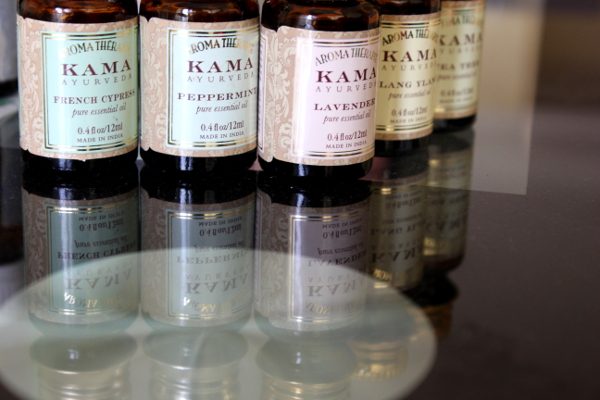Note: This post is a lot personal and I am describing how I went about making perfume. I am not sure if I have entirely succeeded so I shall just recount my experience and my knowledge of all I have read regarding the subject. So, please bear with me. The series is divided into four parts as I could not make a huge post. Hope you like it. And, let’s get on 🙂
So, last Sunday, I sketched up a guide on how to go about using essential oils. Coming down to business, I was always interested in creating a perfume for myself because, as a general rule, perfumes don’t suit my nose and end up giving me headaches. Of course, I haven’t tried Dior and Chanel as they are quite out of my range.
And, then, sometime in last few years when I started this blog, I came across the idea that you could make perfumes at home using essential oils. But, I wasn’t sure if EO’s available in the market were really pure or not. And then, one of my friends and bloggers, Leon introduced me to this great wholesale site in India which sells EO’s and other amazing products. Check it out here. For the record, I am not asserting their purity but I found them to be better than others I have tried (I haven’t yet tried Forest Essentials, though). So, let us delve into some background of perfumes.
Perfume and its Notes
A perfume is a blend of notes of fragrances. I am talking about ones you get in the market. But, if you are going to make it personally, you can combine a fragrance for yourself using just a single fragrance as well. That’s entirely up to you. But, in general, a perfume has three notes:
- Top Note: which is the first smell you get when you smell the fragrance. They are the lightest group of essential oils which evaporate very quickly because of their small molecular size. Generally, all the citrus and fresh EO’s come under this category. For example, lemon, orange (sweet and bitter), mandarin and many more!!!
- Middle Note: which is the heart fragrance of your perfume and it starts developing just immediately before the top note is going to die away. It has lesser evaporation rate than the top note and thus, last longer than them. It also helps to blend away the base note more pleasantly into the perfume. This category includes a lot of EO’s like the floral genre or the oriental EO’s. For example, neroli, vanilla, rose, lavender and many more.
- Base Note: which is the base of the perfume and lasts the longest as it has least evaporation rate and largest molecule sizes. Some of the base notes can last for days on the body. It starts developing almost after the heart of your perfume goes away. The base notes combined with the heart notes give a certain depth and character to your perfume. So, if you are going to use only single essential oil for your perfume, always use the base note. These scents are mainly woody or spicy. For example, cinnamon, frankincense, patchouli and many more.
- Bridge Notes: which help bridge the scents of the middle and the base notes with the top notes. The middle and the base notes contribute a lot to the top note so you can say all the three notes blend in harmony. So, there is nothing as such separate called the bridge notes but this is just for reference. I don’t even know if perfumers really consider these notes either. As far as I have read, there are only three bridge notes – vanilla, lavender, neroli and Ylang Ylang. Yes, these notes are not categorized separately but are from the middle and base note family. Thus, if you are going to use Ylang Ylang, you can as well use it as a middle note and combine it with a spicy base note. Ylang Ylang is both a middle and a base note.
These are the notes which make a perfume. So, when we make Perfume at home, the various essential oils from all notes are taken and blended together.
What I did?
So, before you start making perfume, you want to buy Essential Oils from various notes which can be blended together. So, I bought five EO’s – Bergamot (it is a top note), Neroli and Rosemary (which are middle notes), Frankincense (which is a base note) and Ylang Ylang (which is both a base and a middle note and can also be categorized as a bridge note).
Now, we blend these EO’s in proportion to create a blend for the perfume. We shall discuss that in the next part.






Nice Post Swati 🙂
Enter My First and Special Giveaway here
hey Lancy…wow!!! I am not keeping track of my mails so no idea what’s going on in blogosphere so thanks a lot for the link 🙂